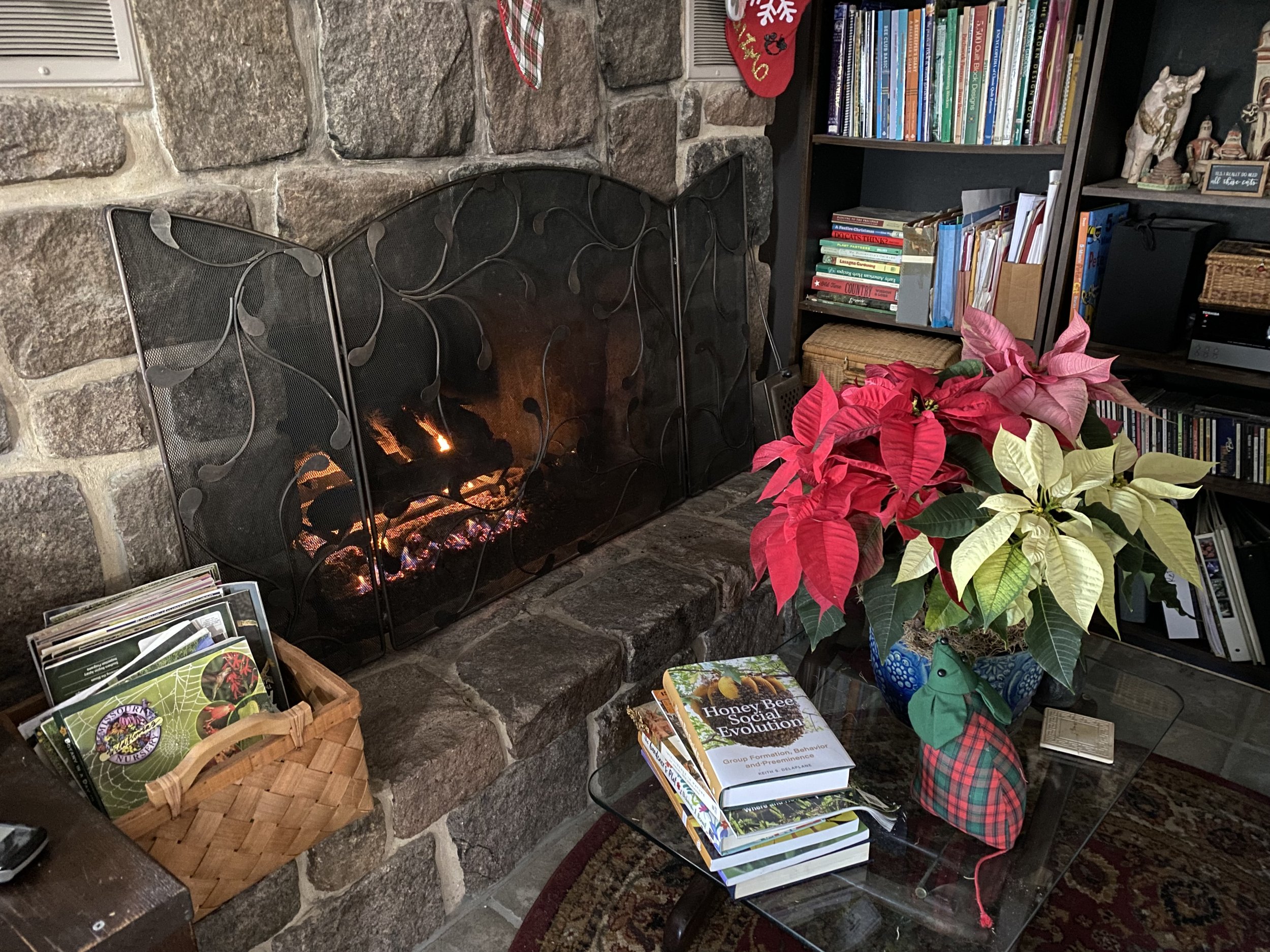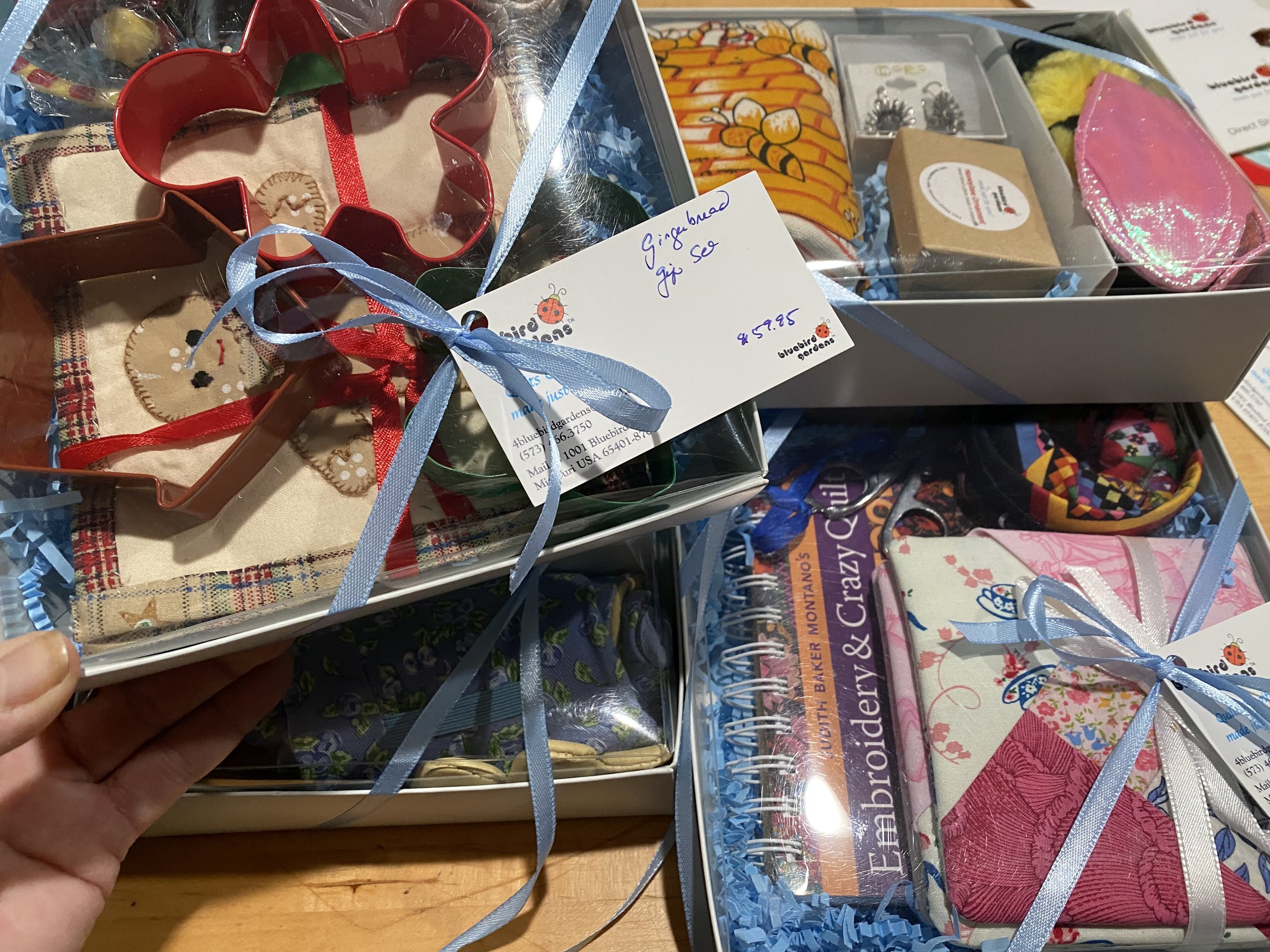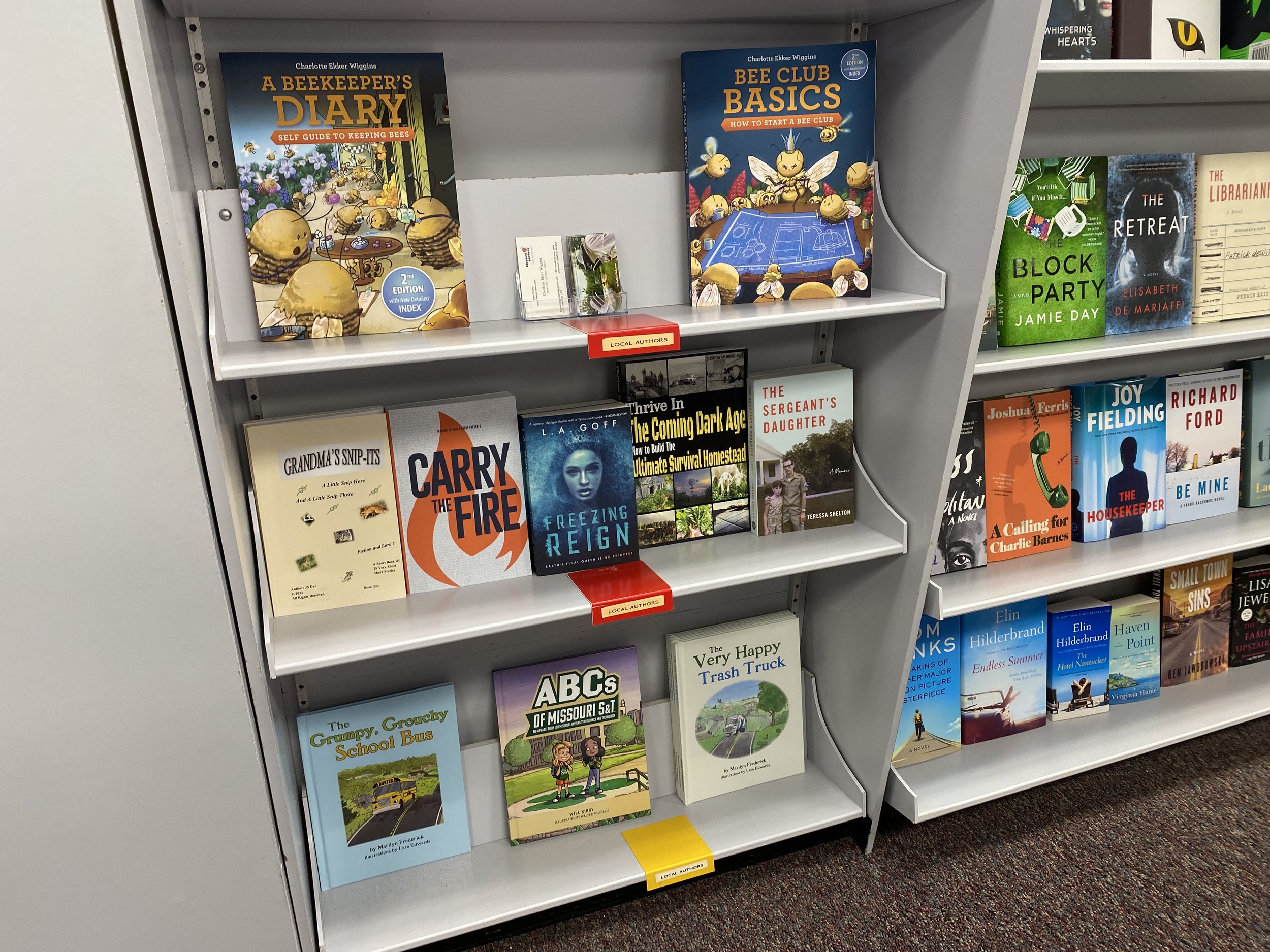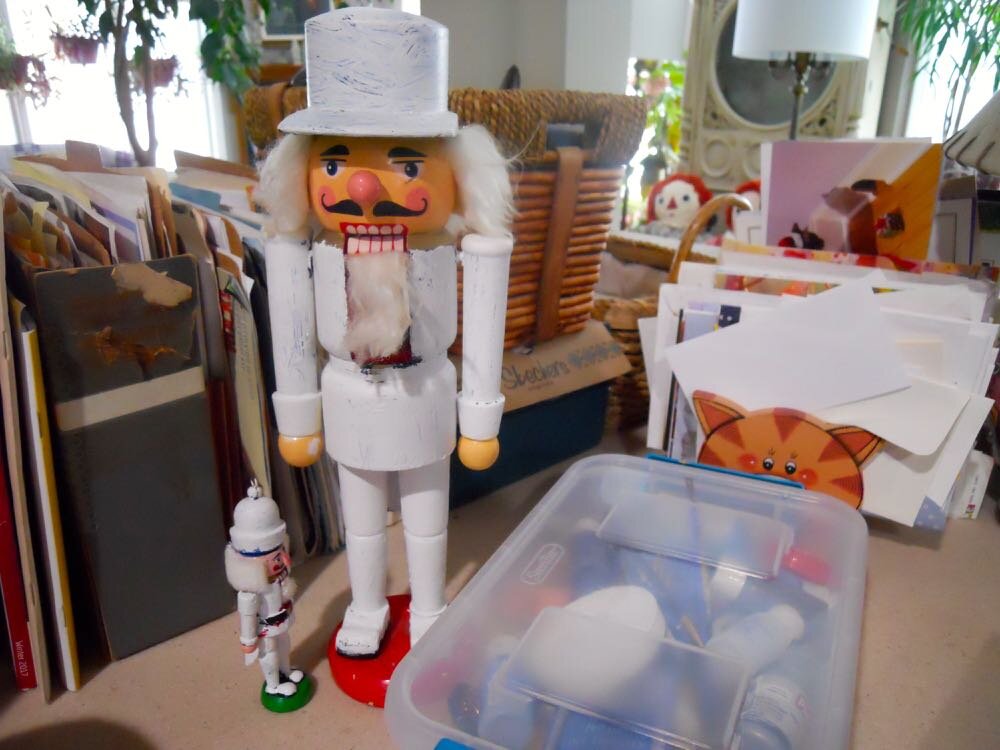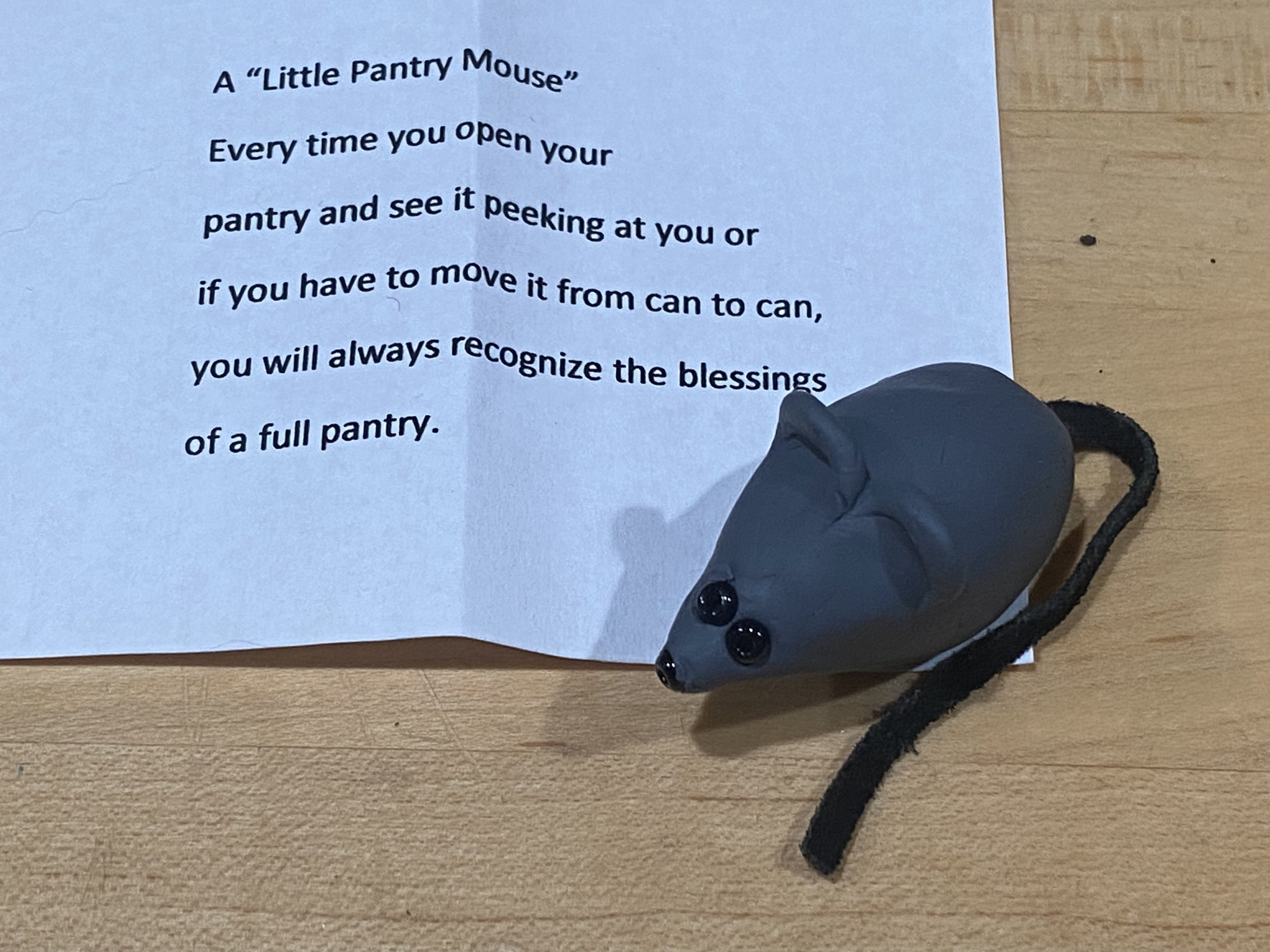Handmade Quilts
/When I first moved back to the US, everything was a "quilt" because it was the one word my siblings and I learned to use for bedding. Some of our customers use other words to refer to quilts so here's the definition of some of the most-used words. According to Webster's Dictionary, a handmade quilt is a "bed cover made of two layers of cloth filled with down, wool and stitched together in lines or patterns."
Comforters are a "quilted bed covering," although some have told me it's a medium to heavy quilt that has been hand-tied instead of finished with machine or hand quilting.
Bedspreads are "a cover spread over the blanket on a bed mainly for ornament," which can also be a quilt.
Whatever you call them, handmade quilts are usually first thought of something that covers a bed, and can be much more!
What Makes Handmade Quilts Special
From who made the quilt to what fabrics and patterns are used, handmade quilts reflect the era in which they are made. They can also include the passion and artistry of the quilter as well as mark special occasions such as births, weddings and deaths. In Hawaii, quilts are cherished family heirlooms and rarely seen in public. Hawaiian families have their own unique family quilt designs, similar to coats of arms, and hand down both quilt patterns and quilts through generations. These stunning quilts, often in only two primary colors like red and white, beautifully reflect unique floral designs, and colors, of those tropical islands.
Applique Handmade Quilts
One of the most beautiful handmade quilts are applique quilts. Applique is the process of cutting different fabrics into shapes, then sewing them into a pattern with even stitches either on the outside or invisibly. Applique is one of the most popular quilt designs second only to patchwork, which are geometric, repetitive designs out of a variety of fabric combinations. Applique takes patience, a lot of practice and is often used in floral quilts and throws.
Not All Handmade Quilts Sized the Same
For years, handmade quilts did not have standard sizes. Quilters made their bedding to use upall available fabric instead of trying to match a quilt to a bed size. That's why handmade vintage quilts don't fit today's standard beds. Even through vintage quilts may not cover modern bed sizes, they work wellas throwsover the back of sofas, at the foot of a bed and as a quilted wall hangings.
Handmade Quilts Can Be Finished Different Ways
After being quilted, handmade quilts are finished with binding to "seal" quilt layers around the edges. Handmade quilts may also be edged with more detailed edging such as scallops, sawtooth or other fabric pieces that make a complimentary pattern around the outside edge of the quilt. This additional edging may not be included in the original quilt size. Handmade quilts are finished by either and quilting or machine-stitched patterns to seal fabric layers together.
Reversible Handmade Quilts
Handmade quilts are not usually reversible but I make our reversible whenever I can. Adding a solid-colored fabric or putting a pattern on the back side of the quilt easily and quickly gives you a second home decor look and gives you extra space to preserve memories through clothing, photos and other mementos. I also recommend you look at the back side of the hand quilted quilt to see how even the stitching is. The more even and smaller the stitches, the more experienced the quilter!
Handmade Lap Quilts and Throws
Handmade lap quilts and throws are the same thing.
Standard throws and handmade lap quilts are 50x60-inch and can be smaller versions of larger handmade quilts, or unique designs all their own.
If your are starting to quilt, start with a throw size before tackling a larger bed size quilt. Throws and handmade lap quilts are also popular sizes for quilted wall hangings, lap wraps, car blankets and personalized gifts. Look for handmade throws and lap quilts with 3" flat sleeve on the back so they can easily be made into wall hangings. You can also add tabs or use quilt hangars to turn a quilt into a wall hanging.
Here's to Whatever You Call Quilts!
Charlotte




